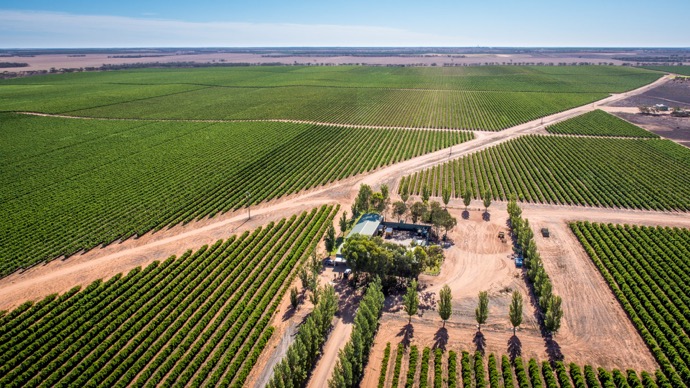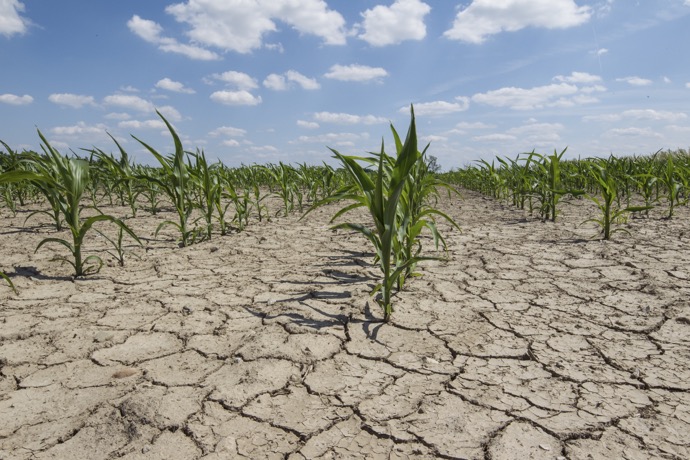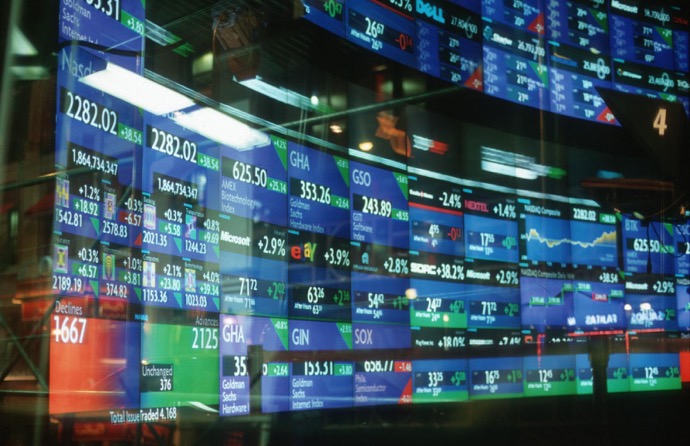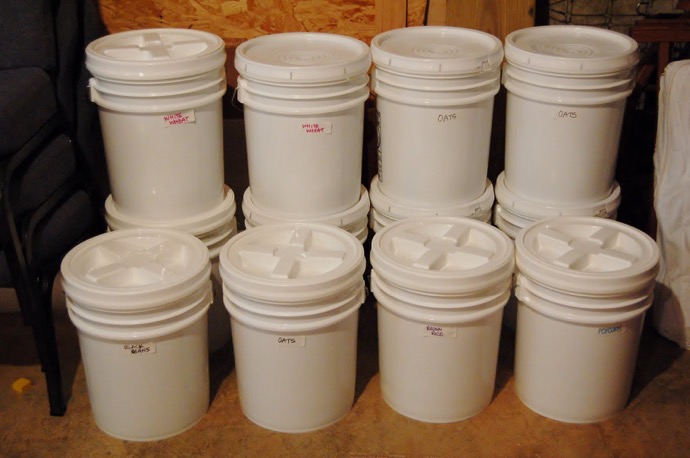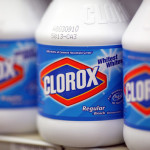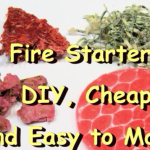Commodities Trading And The Failing Food Supply
Commodities are a potentially-lucrative investment vehicle that has been establishing the value of our food supply for years. The trading of commodities such as wheat, soybeans, corn, rice and sugar in volatile and often speculative markets has placed our food supply at risk. Anything from a drought or flood to greedy investors can contribute to how much food we get and how much we pay in the near future. That being said, it doesn’t take a lot to create a market panic that can lead to a severe food crisis, and this is something that none of us should take for granted.
Someone Actually Owns Your Food
Believe it or not, food that is grown and harvested in farms is owned by someone else. It is grown in the hopes that market prices at harvest will be up so that growers and investors can make a profit. Unfortunately there are not a lot of independent farmers out there. Rather, many are actually contractors or employees of large agricultural businesses and investors. The fat cats who own the farms try to pay farmers as little as possible in order to maximize profits when they sell their crops in the commodities market. So, it’s in everyone’s best interest to regulate the supply and keep costs low in order to make as much money as possible. It’s also in everyone’s interest to set prices for us as high as possible as well.
Due to the way things are done in the market, prices can go up or down for a million and one different reasons. This is good and bad news for us consumers. The good news is that lots of products we get from stores are investment commodities. So, if prices in the market tumble, many products will be cheaper. However, if the market tumbles and an abundance of cheap staple foods flood stores, then chances are that investors are going to put their money into different products next year. Remember that the name of the game is to make money. If the market is flat, and there’s no money to be made, investors are less likely to take a risk. This translates into not growing as much of a particular crop during the next season. So, we can go from an abundance of cheap food, to a shortage that leads to higher prices and supply problems.
On the other hand, if something like a flood, drought or other extreme event impacts the amount of crop that is harvested, investors may reap fortunes as prices in the market will skyrocket. However, high prices hurt the consumer now, and they also influence production later. Investors are less likely to sink money into crops that are at high prices because they can tumble. This can translate into fewer acres of crop production that will contribute to keeping prices high and supplies low in the future.
It’s all About the Future
The biggest danger associated with placing our food supply in an investment market is that there is a long-term delay before we feel the effects. For example, a huge avian flu outbreak occurred in 2015, and an enormous amount of hens needed to be slaughtered. This sent egg prices through the roof a few months later. A wheat crop that gets wiped out by a drought can impact prices for more than a year, sometimes longer. The point is that what we pay for food depends on how much investors can squeeze out of the market.
Keep in mind that investors also look for low overhead in their production and distribution lines as well. Using cheap seeds, or using only one kind of seed, places our food supply at risk. All it takes is a virus, insect infestation, temperature or moisture variations to destroy an entire crop that can impact millions of people. Incorporating different types of seeds and growing various strains of a particular crop means that what happens to one strain due to a disaster will not impact the others.
All of this translates into placing our food supply on a flimsy economic foundation that can collapse at any moment without warning. This is how famines will occur in the 21st century, and they will span the globe. Many people will not be able to afford basic staples to feed their families, and it could happen here. The best way to prepare and be shielded from the all but certain calamity that is on the horizon is to stock up on staples. Store a few year’s worth of wheat, rice, corn, grain and sugar and other important items.
We haven’t had to think about storing and preparing staples from scratch for a few generations due to the development of industrialized farming and distribution. However, these are very basic and easy skills to develop, and everyone who is serious about preparing for the unexpected should get started now. Do you really want the inclinations of food barons and jittery investors to determine your food supply? Start preparing now.



